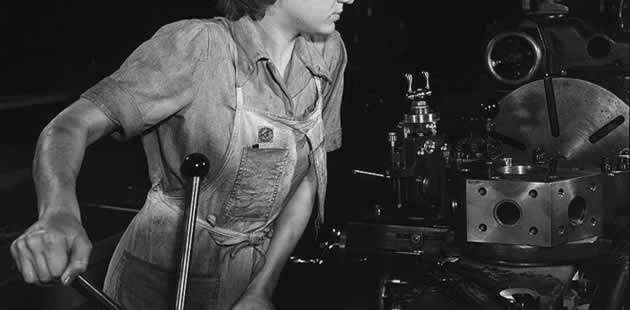Hydra in Hull
September 1, 2011 Leave a comment

Image courtesy of http://www.flickr.com/photos/quiteadept/
My next visit to a JISCrte project partner took me to the University of Hull where I met Chris and Richard, the project team working on Hydrangea in Hull (the Hydra demonstrator).
There is a wonderful statue of Philip Larkin (poet and former University of Hull librarian) at the Hull railway station, quite captivating and definitely worth viewing if you ever visit the area. Further information on Philip Larkin is available from the University of Hull archives, see here.
The current repository at the University of Hull is called eDocs and the Hydra project is developing a new repository for digital materials, see Hydra in Hull.
The University of Hull is one of the founding partner institutions of the Hydra multi-institutional collaboration and it is hoped that their new repository will facilitate the sharing (openly or on a restricted basis) and preservation of materials for the medium to long-term.
They are using Blacklight as their discovery interface, enabling a single-search interface of the library catalogue and the repository. Further details on Blacklight and Hydra can be found in the links below.
Useful links
- Hydra in Hull project blog
- Blacklight – a free and open source Ruby on Rails based discovery interface
- Hydra Project – a community-driven project “one body, many heads” is part of their vision
If you are interested in exploring more on the open source DSpace software and Fedora framework for building digital repositories then why not register for a free online workshop? It will be held on Friday September 9, 10.00 – 11.00 UK time, further information is available from here.


